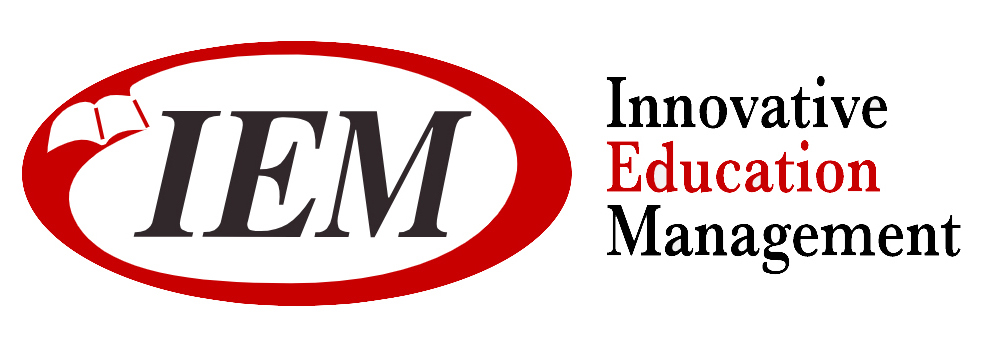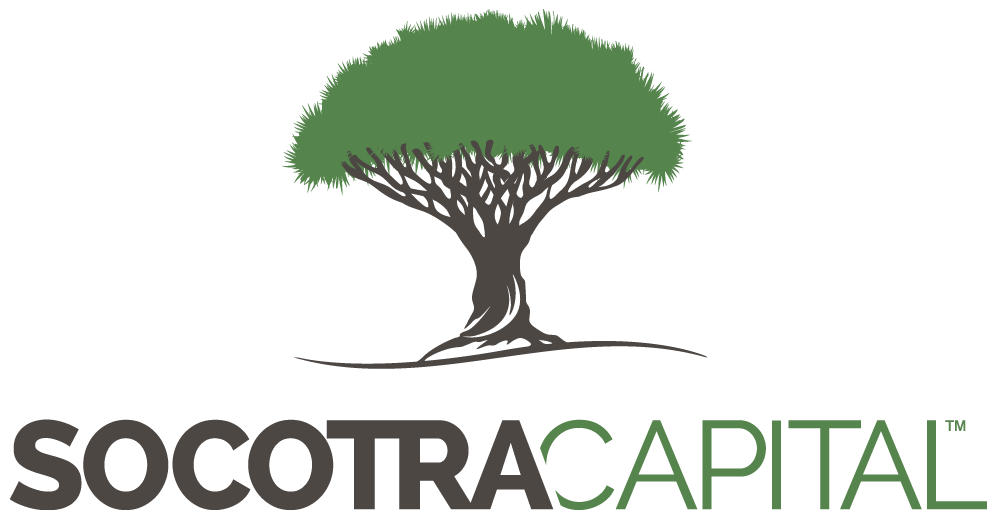
Founded as Horizon Instructional Systems by Randy Gaschler in 1993, and later renamed Innovative Education Management (IEM) in 1998, IEM successfully develops and operates charter schools throughout the state of California. The company works with the local school districts to gain charter approval and is responsible for every aspect of managing the school. With three charters schools and approximately 6,800 students, currently under its umbrella, IEM’s mission is to ensure that every student has an individualized learning plan, and every parent has the opportunity to make as many decisions as legally possible that directly affect their children’s education.
We caught up with IEM’s CEO, Jodi Jones, to talk more about IEM and the future of charter schools.
What obstacles, if any, were encountered when IEM was first getting off the ground?
In the beginning, cash flow and public misperception due to a lack of knowledge about charter schools were a challenge. While increasingly more parents are choosing charter schools for their children, there are still many myths regarding school choice– and charter schools in particular– that continue to circulate.
What are the differences between charter schools and the traditional brick-and-mortar schools?
Charter schools are tuition-free public schools that are approved by a local school district, county office of education, or the State Board of Education. Charter schools range from pure personalized homeschooling models to traditional brick-and-mortar. Each charter school is unique based on the local community needs. Some charter schools have a specialized curriculum focus, such as performing arts, STEM, Montessori, homeschooling, and individualized hybrid models.
The distinct and unique characteristics of a charter school are described in their charter petition, which is typically submitted to a local school board for approval. IEM is an independent-study charter school, and it specializes in individualized education plans for every student. Our students are generally homeschooled and work closely with a certificated teacher to create a customized learning plan. We serve Pre-K through 12th-grade students throughout California, from Butte County to Riverside County.

What percentage of charters schools in California are “independent-study” schools?
Nonclassroom-based charter schools account for approximately 22% of all charter schools in California. That’s around 290 schools of the 1350 charter schools. IEM constitutes roughly 5% of all nonclassroom-based students in California. The beauty of charter schools is that they are born out of a desire of parents, teachers, and community members to develop a school that meets the needs of their students in a way they felt was not offered elsewhere.
“Independent-study” charters like IEM have become havens for families who don’t want their children in traditional brick-and-mortar schools. What are the main reasons for their decision?
One reason could be is that the neighborhood’s public school is too hard, too easy, or just too crowded or impersonal. Along with wanting to control the pace of instruction, parents have become more and more concerned with bullying and safety in traditional schools. They have turned to independent-study charters to help alleviate these worries.
In the case of nonclassroom-based charter schools, parents are always looking for an innovative approach to education. They want flexibility in where and how their children are educated, and they want the ability to seek out experts to provide instructional support rather than relying on a single teacher to provide instruction in all academic subjects. This model of public education has also gained momentum with the rise in concerns about school safety, social issues, and behavioral health needs of students. IEM’s schools provide parents an environment where the academic needs of their children can be addressed without worrying about the social issues they faced in a traditional school. By delivering multiple tools, resources, and programs, IEM helps teachers and parents develop a personalized student success plan that will address their academic and social-emotional needs.
How many states permit charter schools?
As of 2018, all but six states allow charter schools. It is important to note that charter school operations look very different from state to state, based on the charter laws and education code of each location. Currently, under California law, the current cap on charter schools is 2,250 statewide, but the cap is raised by 100 schools each year.
What is currently in the works for IEM?
In Sutter County, a learning resource center is under construction for our South Sutter Charter School. The building will house meeting spaces and rooms for additional activities needed for our students, including science labs. We worked closely with the district to secure vacant land to build the Resource Center. The building is set to be completed by July 2020.
Why did IEM choose River City Bank?
We believe that local small banks provide more personal customer service. River City Bank is no exception.
IEM believes that by combining the concepts of parent decision making and individualized plans, it can help the student truly “experience learning.” To learn more about IEM, visit https://ieminc.org/.




